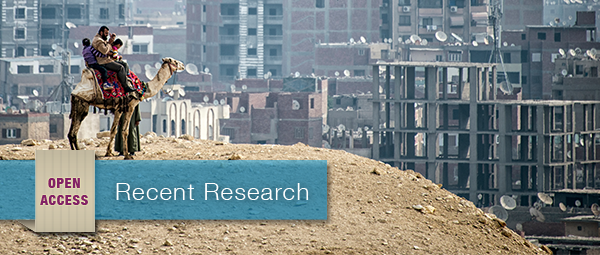Tod S. Van Gunten, John Levi Martin, Misha Teplitskiy
Sociological Science, December 5, 2016
DOI 10.15195/v3.a45
Abstract
Scholars interested in the political influence of the economics profession debate whether the discipline is unified by policy consensus or divided among competing schools or factions. We address this question by reanalyzing a unique recent survey of elite economists. We present a theoretical framework based on a formal sociological approach to the structure of belief systems and propose alignment, rather than consensus or polarization, as a model for the structure of belief in the economics profession. Moreover, we argue that social clustering in a heterogeneous network topology is a better model for disciplinary social structure than discrete factionalization. Results show that there is a robust latent ideological dimension related to economists’ departmental affiliations and political partisanship. Furthermore, we show that economists closer to one another in informal social networks also share more similar ideologies.
Scholars interested in the political influence of the economics profession debate whether the discipline is unified by policy consensus or divided among competing schools or factions. We address this question by reanalyzing a unique recent survey of elite economists. We present a theoretical framework based on a formal sociological approach to the structure of belief systems and propose alignment, rather than consensus or polarization, as a model for the structure of belief in the economics profession. Moreover, we argue that social clustering in a heterogeneous network topology is a better model for disciplinary social structure than discrete factionalization. Results show that there is a robust latent ideological dimension related to economists’ departmental affiliations and political partisanship. Furthermore, we show that economists closer to one another in informal social networks also share more similar ideologies.
 | This work is licensed under a Creative Commons Attribution 4.0 International License. |
- Citation: Van Gunten, Tod S., John Levi Martin, and Misha Teplitskiy. 2016. “Consensus, Polarization, and Alignment in the Economics Profession.” Sociological Science 3: 1028-1052.
- Received: October 8, 2016
- Accepted: October 26, 2016
- Editors: Jesper Sørensen, Gabriel Rossman
- DOI: 10.15195/v3.a45





